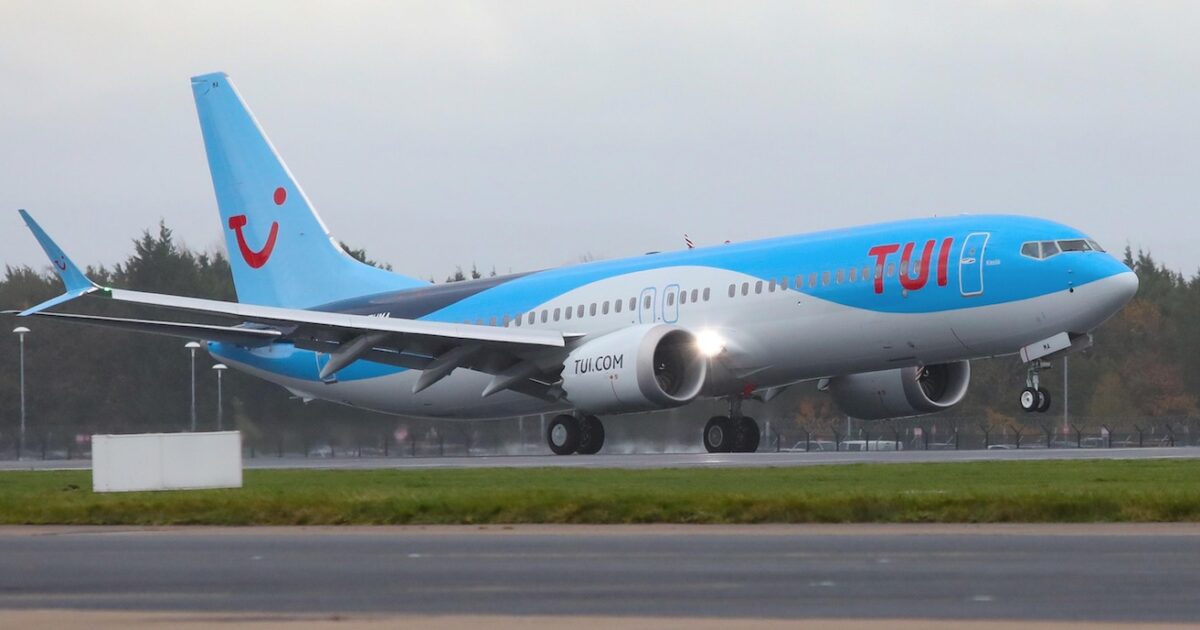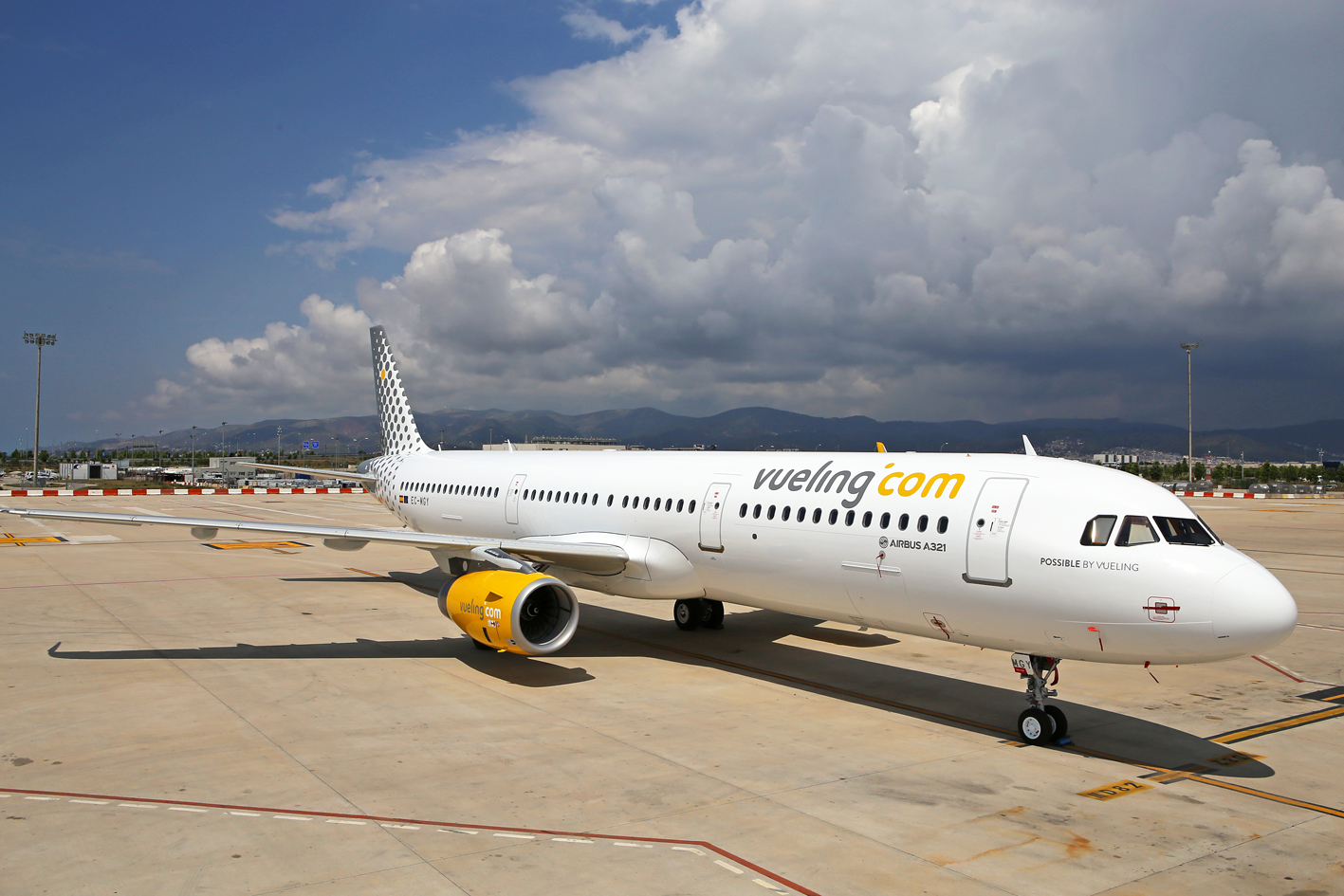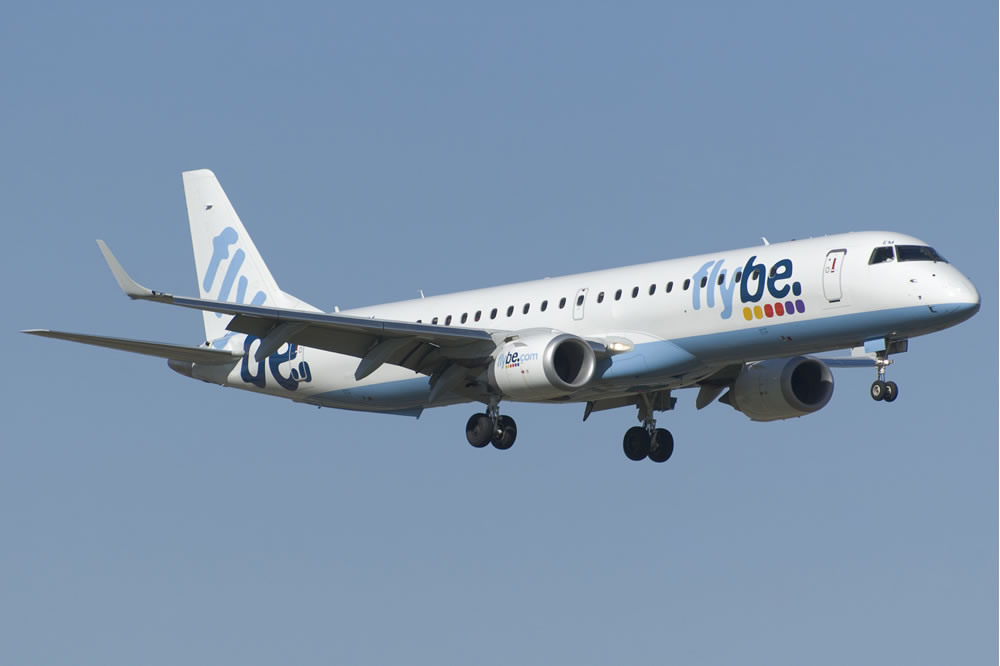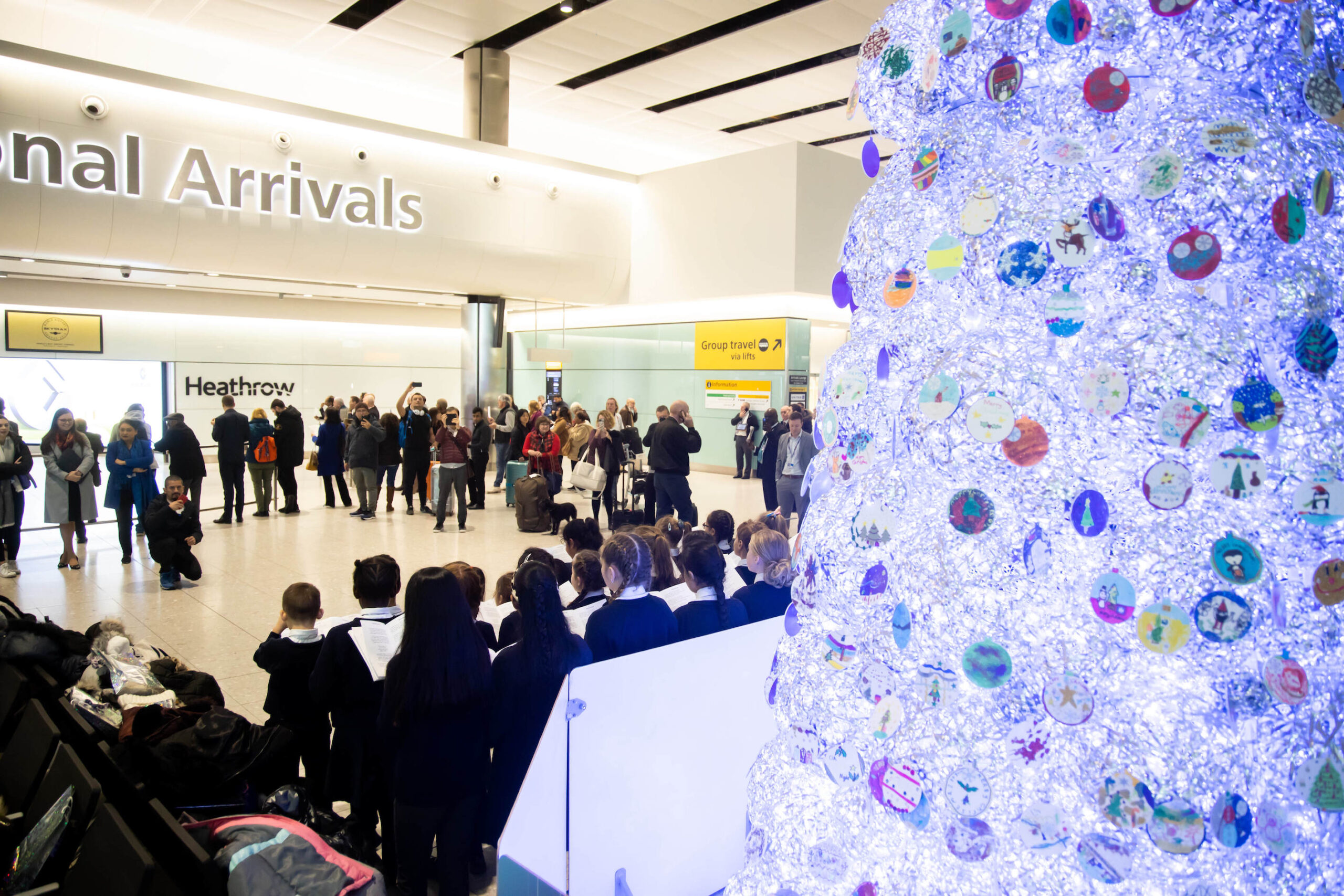As Boeing prepares to post its third quarter results the outlook is negative as orders for new aircraft plummet and airlines cancel and defer their orders.
The outlook for longer range aircraft is in peril: B787s are no longer in demand, the B747 production line is ending, whilst the introduction of the B777X has been delayed yet again (2022 from mid 2020 plan) as longhaul intercontinental remains the worst hit travel in the pandemic.
In the first 9 months of 2020 the OEM delivered only 98 airplanes compared to 301 in the same period in 2019. This compares with 341 commercial aircraft deliveries by Airbus and 300 net orders in the same period.
Boeing was already on the back foot this time last year with quarterly profit down 53percent due to the issues with the MAX. However, production of the current B737NG series (not the MAX) is likely to be strongest in the passenger aircraft portfolio, since short to medium haul sectors are more resilient.
Boeing’s stock value is already down by 50percent, and it has already cut 19000 jobs, consolidating B787 production in North Carolina whilst ending production of the type in Seattle.
B737MAX return
This is on course and is in final stages of recertification following modifications to the avionic found culpable in the two fatal crashes from 2018 and 2019. FAA is close to recertifying for airworthiness – however other countries will make their own decisions through their own individual national regulators.
The MAX had a backlog of some 4800 aircraft when it was grounded shortly after the second crash in March 2019, and continued production even after the grounding. There are reported to be 400 units to date available for entry into service once certification is granted.
Boeing itself sees the chance to resume deliveries in fourth quarter. In normal times this would be a much needed aircraft type for low cost carriers with reduced operating costs and higher efficiencies. But even this aircraft once recertified is surplus to requirements.
There is speculation that Boeing is trying to change the tainted type brand from ‘MAX’ to simply ‘8’ e.g. B737-8.
Meanwhile airline customers have been receiving compensation from Boeing for the losses incurred after placing orders: Icelandair is using its compensation to reduce capital expenditure.
After the second crash in March 2019, some 387 Boeing MAX had been grounded with another 4,500 on order. TUI has taken 15 and Ryanair has 135 orders. British Airways owner IAG has also signed up for 200.
The MAX counts the three large US giants as premium customers: American, United, Southwest. They still want it in their schedules next year.
Mitigating factors for Boeing: demand for cargo aircraft /freighters is high and will remain so, once a vaccine is ready for distribution. Defence aircraft are also less affected by the pandemic, although defence accounts for a lesser portion of Boeing’s portfolio.
Boeing may also make announcements on its cost cutting strategies including changes to its manufacturing facilities/plants.
This is set against the backdrop of the Covid impact on industry: losses for airlines in 2020 are estimated at $84.3billion (source: IATA). Demand is down by 66%. Revenues for airlines in 2021 are estimated to be down by 50% compared to expectations pre-pandemic. This compares to a drop of 89% in the second quarter of this year.
2024-2025 is tipped to be the earliest the industry returns (if at all) to pre-covid levels of growth.







